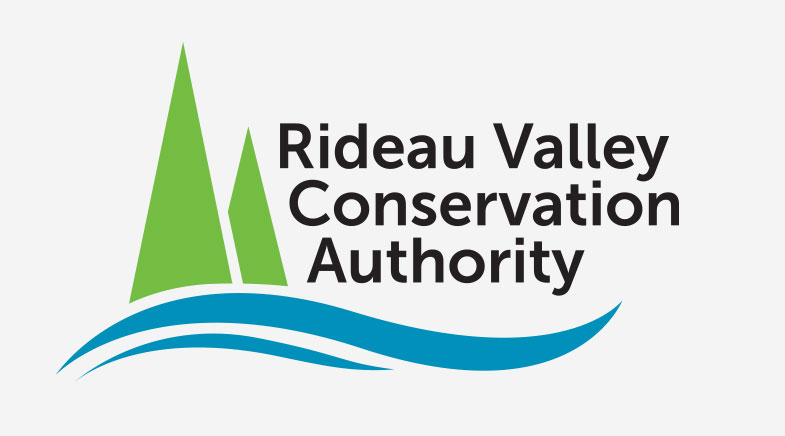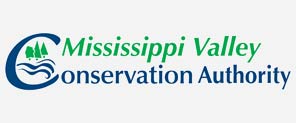May 2000 – Walkerton Tragedy
The Walkerton tainted water tragedy occurred as a result of E. coli contamination of the groundwater supplying a municipal well. Seven people died and thousands more became ill from drinking the contaminated water. Justice Dennis O’Connor led a public inquiry and made numerous recommendations to better protect Ontario’s drinking water in the future. A key conclusion was the need to have multiple layers of protection in place, a concept commonly referred to as the multi-barrier approach. The first barrier is protecting the drinking water at the source or “Source Water Protection.”
October 2006 – Clean Water Act
The Ontario Government responded to the Walkerton Inquiry recommendations by strengthening existing legislation and introducing new legislation where needed. Ontario did not have any legislation specifically to protect drinking water sources so the Clean Water Act was enacted and the Source Water Protection program began. The focus of the Clean Water Act is the protection of rivers, lakes and groundwater where they supply municipal drinking water systems (the large systems that serve villages, towns and cities). Source protection planning was undertaken locally in 19 source protection regions across Ontario.
2007 – Source Protection Committee
The Clean Water Act stipulated that a local multi-stakeholder Source Protection Committee oversee the source protection program in each source protection region. Municipalities, industry, small business, environmental interests, First Nations, agriculture and the general public were represented on the Mississippi-Rideau Source Protection Committee. The Committee is supported by the Conservation Authorities' Boards of Directors, which under the Clean Water Act, are referred to as "Source Protection Authorities."
2008 – Terms of Reference
Each region created a Terms of Reference that outlined the approach, tasks and responsibilities for the source protection work ahead.
![]() Terms of Reference for the Rideau Valley Source Protection Area
Terms of Reference for the Rideau Valley Source Protection Area![]() Terms of Reference for the Mississippi Valley Source Protection Area
Terms of Reference for the Mississippi Valley Source Protection Area
2010 – Assessment Reports
Assessment Reports are a compilation of studies looking at each watershed’s physical characteristics, water quality and quantity and land use. Assessment Reports were needed in order to understand how water is distributed throughout the watershed and where there are risks of overuse or contamination. The Assessment Reports resulted in the mapping of vulnerable areas around municipal wells called “Wellhead Protection Areas” and near municipal water treatment plant intake pipes called “Intake Protection Zones” These areas became the focus of where mandatory policies in the Source Protection Plan would apply. The Assessments Reports also identified “Highly Vulnerable Aquifers” and “Significant Groundwater Recharge Areas” throughout the region where non-mandatory policies could apply.
Assessment Report - Rideau Valley Source Protection Area
Assessment Report - Mississippi Valley Source Protection Area
2012 – Source Protection Plan
The Source Protection Plan contains the policies to protect local drinking water sources. The policies differ from region to region across the province and were decided upon by the Source Protection Committee with input from municipalities, provincial ministries, First Nations, business sectors, farmers, environmental interests, property owners and the public. The policies range from outright prohibition of activities that threaten drinking water to education and outreach policies to encourage voluntary good practices.







